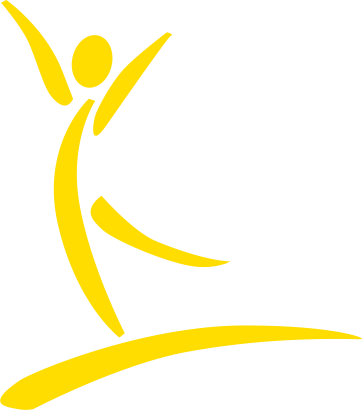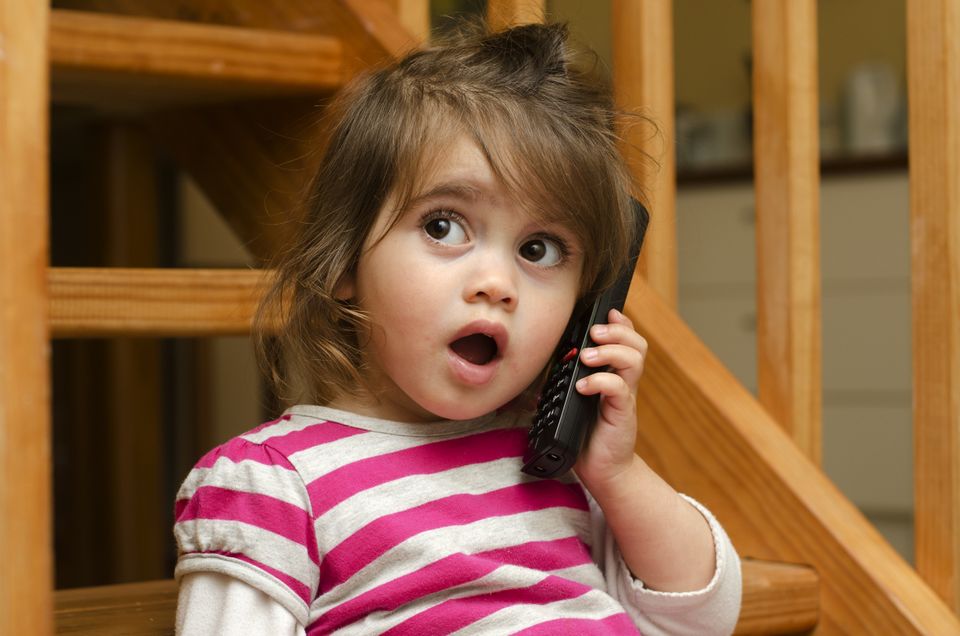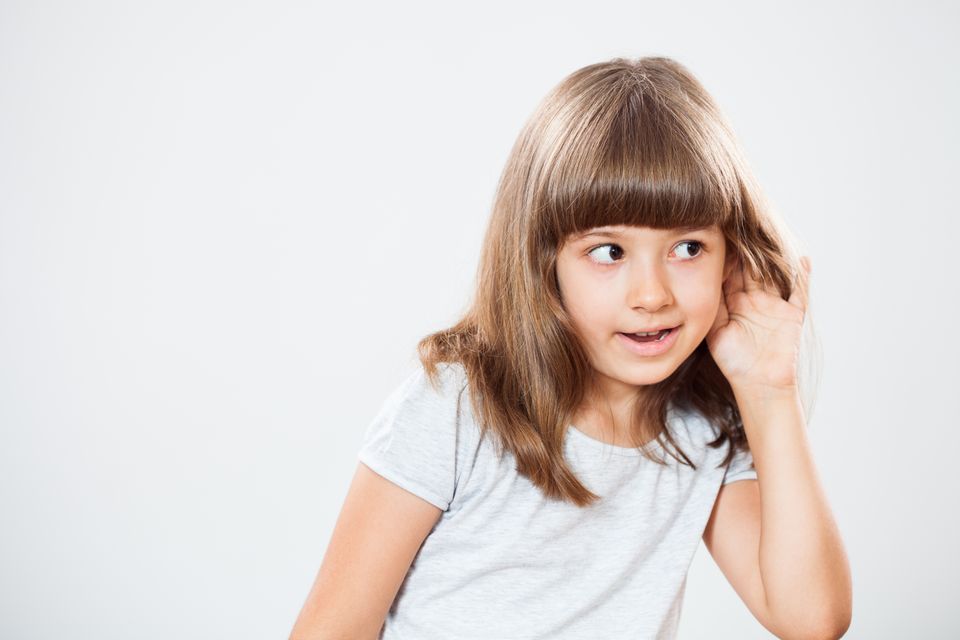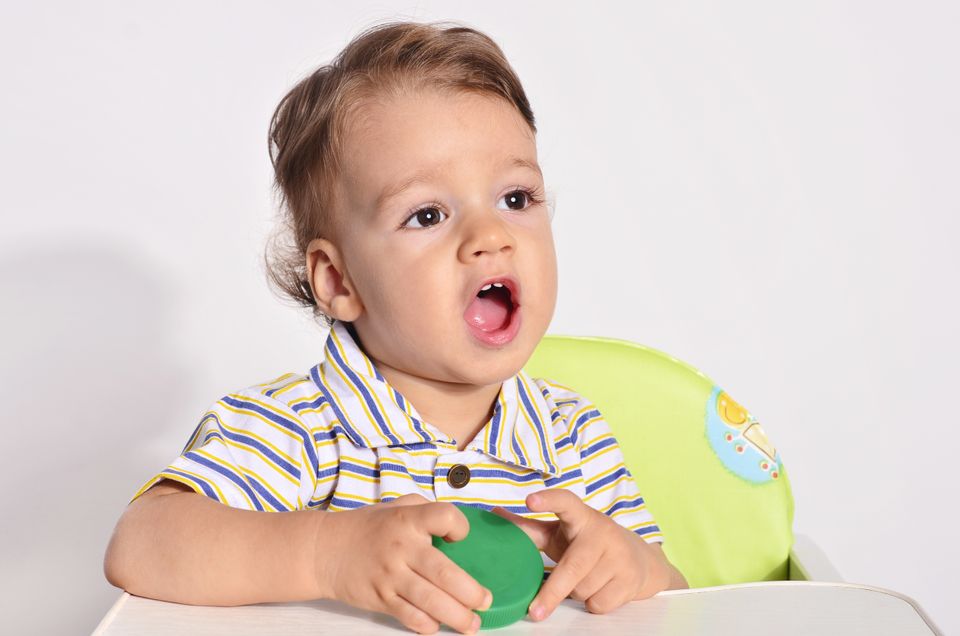TALKING! What’s it all about?

It may surprise you to learn that talking is one of the most difficult things we ever do. For most of us, it seems so easy that we just take it for granted. But, when it doesn’t happen like we expect it to, mastering it can take a lot of time and patience. If it weren’t for the control it gives us and the relationships it helps us enjoy, maybe some of us wouldn’t bother at all!
Speech Language Pathologists spend a lot of time learning to put something very difficult within reach of the people struggling with it. In order to do that, we make a lot of distinctions that help us know where to start. Following are some answers to questions we’re often asked.
What’s the difference between a “Speech Language Pathologist” and a “Speech Therapist”?
Only the words are different, but Speech Language Pathologist is a better description of what we do. We are the medical professionals who are trained and qualified to distinguish between the various facets of speech and language, identify the areas of break-down, and create therapy programs to remediate them. Surprisingly, because the same body parts are involved, we’re also experts involved in treatment of disorders involving voice, swallowing, and chronic cough!
What’s the difference between “speech” and “language”?
In the simplest of terms, “speech” is the combination of sounds that come out of your mouth when you talk. “Language” is what gives you something to say – the words you use, the types of sentences you make, and the kinds of things you want to say. Without language, there won’t be any meaningful speech. While there may be a lot of meaningless sounds, there certainly won’t be any “communication.”
Real communication is a “two-way street.” How does language make that happen?
“Receptive language” is speech therapy lingo for “understanding” or “comprehension.” One of the things your speech therapist will want to know is how well your child is able to understand what people say to her or him. “Expressive language” refers to what your child is able to say. Both need to be in place for communication to be successful.
What other distinction do speech therapists make?
Speech therapists use assessments to determine what areas of speech and language are not working like they should be. Following are a few terms you may hear frequently.
At what age should my child begin talking?
Below you’ll find what skills you can expect your child to be developing at various ages and stages. It’s important to remember that these are just guidelines. Every child is unique. If you have concerns, it’s a good idea to talk to a professional. Ask your doctor for a referral for a speech assessment. If there isn’t a problem, you’ll be able to stop worrying. If there is, the sooner it’s addressed, the easier it will be for your child to improve.
Speech Language Pathologists spend a lot of time learning to put something very difficult within reach of the people struggling with it. In order to do that, we make a lot of distinctions that help us know where to start. Following are some answers to questions we’re often asked.
What’s the difference between a “Speech Language Pathologist” and a “Speech Therapist”?
Only the words are different, but Speech Language Pathologist is a better description of what we do. We are the medical professionals who are trained and qualified to distinguish between the various facets of speech and language, identify the areas of break-down, and create therapy programs to remediate them. Surprisingly, because the same body parts are involved, we’re also experts involved in treatment of disorders involving voice, swallowing, and chronic cough!
What’s the difference between “speech” and “language”?
In the simplest of terms, “speech” is the combination of sounds that come out of your mouth when you talk. “Language” is what gives you something to say – the words you use, the types of sentences you make, and the kinds of things you want to say. Without language, there won’t be any meaningful speech. While there may be a lot of meaningless sounds, there certainly won’t be any “communication.”
Real communication is a “two-way street.” How does language make that happen?
“Receptive language” is speech therapy lingo for “understanding” or “comprehension.” One of the things your speech therapist will want to know is how well your child is able to understand what people say to her or him. “Expressive language” refers to what your child is able to say. Both need to be in place for communication to be successful.
What other distinction do speech therapists make?
Speech therapists use assessments to determine what areas of speech and language are not working like they should be. Following are a few terms you may hear frequently.
- Articulation refers to the child’s ability to produce age-appropriate speech sounds. Can the child say them in imitation but not spontaneously? Can he or she say them in single words but not in sentences?
- Syntax or Sentence Structure refers to the type of sentence’s the child uses? What is the MLU (mean length of utterance) – or in simpler terms, how long are the sentences my child uses? What different word-combinations and sentence-types does my child use? Does he ask wh- questions (e.g., who-, what-, where-, when-, why-)?
- Content or Meaning refers to the child’s ability to use sentences to convey meaningful thoughts and ideas. It includes “vocabulary” but it’s more complicated than just how many words the child knows. Even though we distinguish between syntax and content, the truth is that they influence each other and one really doesn’t exist in isolation from the other.
- Pragmatics or Function or Use is all about what the child uses his or her speech and language skills for. Does he or she use greetings? ask questions? label favorite objects? call to get your attention? change conversational topics appropriately? These are just a few of the communication patterns your speech therapist will be looking at.
At what age should my child begin talking?
Below you’ll find what skills you can expect your child to be developing at various ages and stages. It’s important to remember that these are just guidelines. Every child is unique. If you have concerns, it’s a good idea to talk to a professional. Ask your doctor for a referral for a speech assessment. If there isn’t a problem, you’ll be able to stop worrying. If there is, the sooner it’s addressed, the easier it will be for your child to improve.








